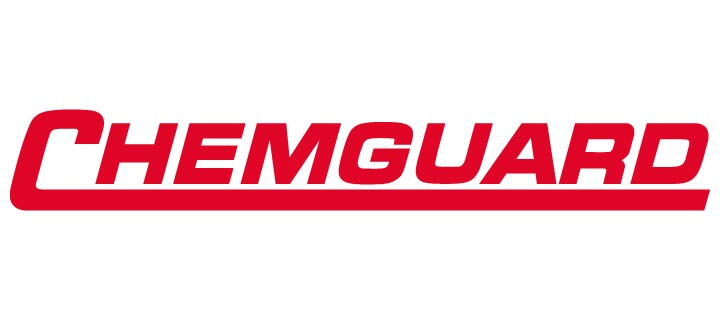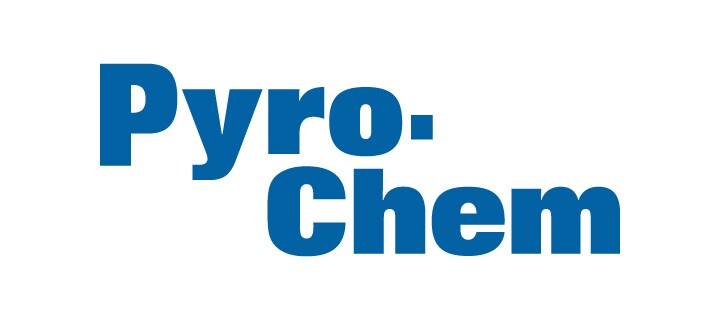- Johnson Controls
- Insights
- Zero Trust Cybersecurity Safeguards New Devices in Smart Buildings
Zero Trust cybersecurity safeguards new devices in smart buildings
The bases for zero trust architecture includes strong encryption for device identity and data-in-transit, as well as a whitelist-only access control list. Zero trust architecture minimizes risk by limiting breach opportunities, containing the damage of any actual breach and surfacing unusual behaviors quickly. Embedded devices fit well into these deployment paradigms because of their relatively static mission, and low complexity roles on the network.

When hardening corporate networks, zero-trust architecture and product patching can mitigate cybersecurity concerns
In this article, August Johnson, Senior Product Cybersecurity Architect - Global Product Security, Johnson Controls, discusses the importance of zero-trust architecture and product patching to mitigate cybersecurity concerns in commercial buildings. New classes of embedded devices are joining today’s corporate networks faster than ever before, and security policies in most buildings have not evolved at the same pace as these smart technologies. This article informs readers why establishing a high level of device security includes consistent, planned patches and strong authentication.
Learn more about the work we do
Related Items
Digital Solutions
Johnson Controls Digital Solutions connect buildings and occupants to actionable insights and detailed data for comfort and safety.
OpenBlue
Applying data from both inside buildings and beyond, our customers can now manage operations systemically.
Cybersecurity
Johnson Controls tracks, identifies and proactively addresses ever-evolving cybersecurity threats every day – it’s a top priority. This commitment is reflected in our technology innovations and continual product development to keep building management systems, IT infrastructures, and connected equipment secure.

























.png?la=en&h=70&w=157&hash=717A494A27ED61C45CEF95AC3A9C6309)









































